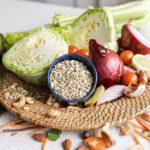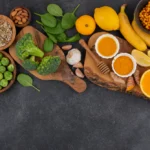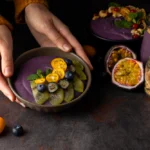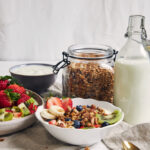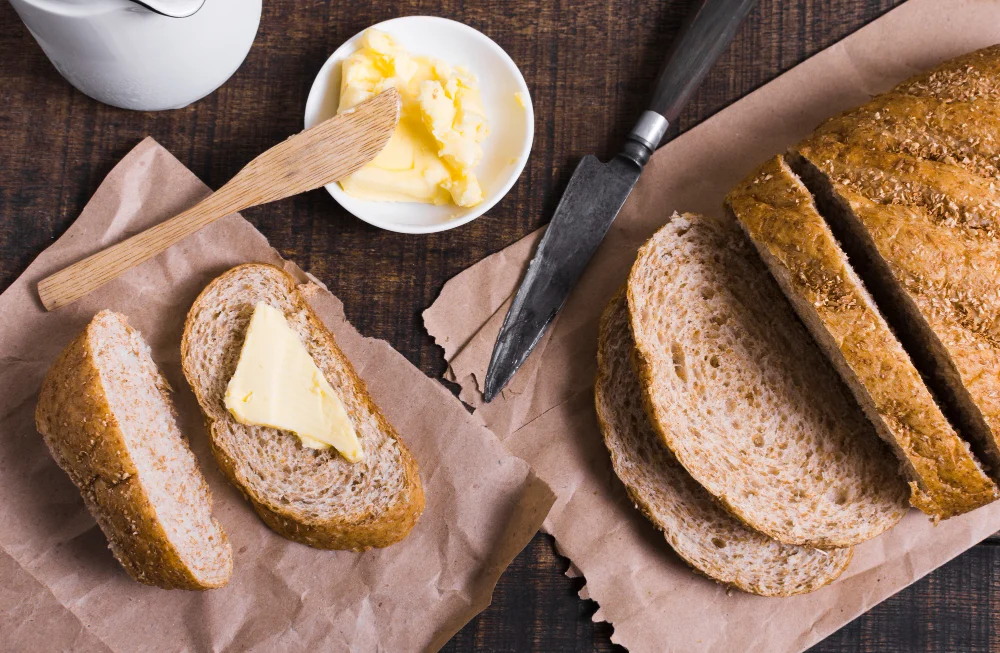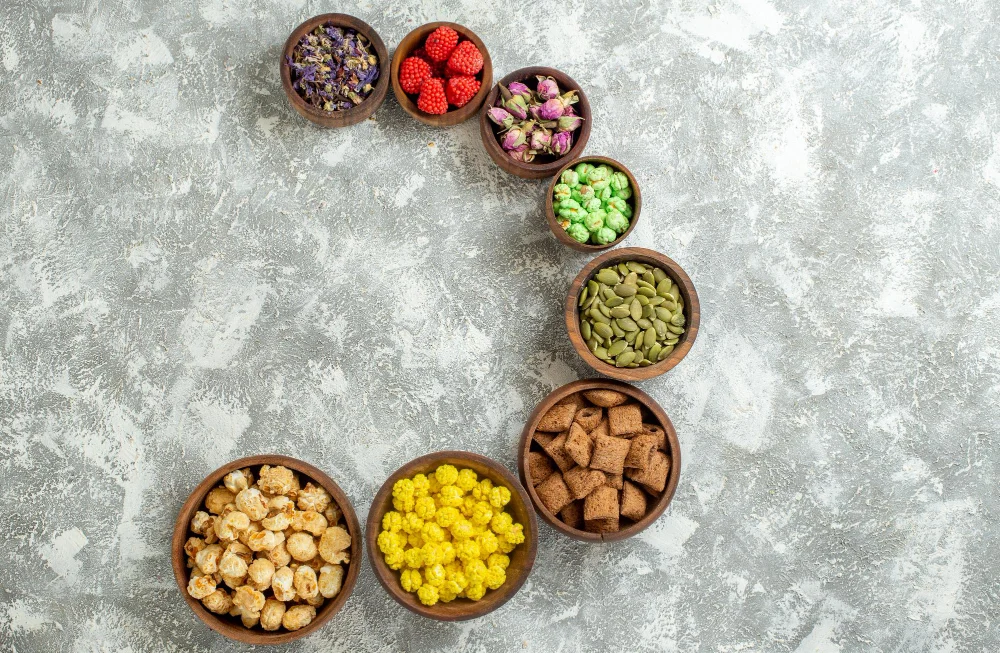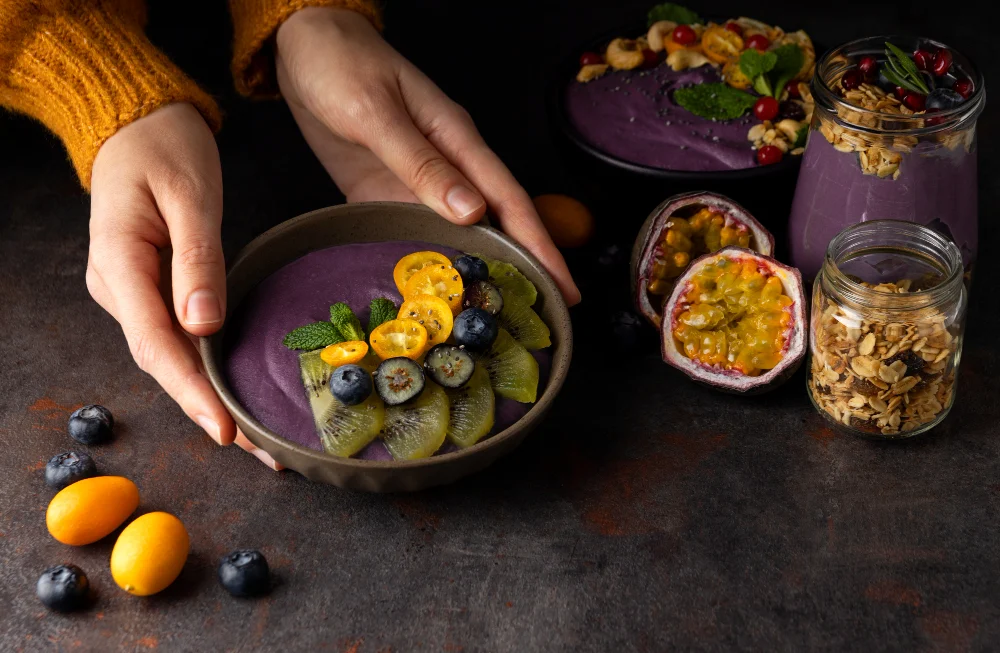Embarking on a vegan journey can feel both exciting and daunting. The idea of transforming your diet to exclude all animal products might seem overwhelming at first, but with a structured Vegan Meal approach, it becomes an incredibly rewarding and sustainable lifestyle. This comprehensive guide will walk you through how to make a vegan meal plan, specifically designed as a beginner vegan meal plan to ensure you get all the necessary nutrients, enjoy delicious food, and avoid common pitfalls.
Crafting a solid vegan meal plan is not just about eliminating certain foods; it’s about embracing a vibrant world of plant-based ingredients that offer incredible flavor, diverse textures, and immense health benefits. By focusing on smart planning, you’ll discover that a plant-based meal plan can be easy, affordable, and deeply satisfying.
Why Plan Your Vegan Meals?
For those new to veganism, planning is paramount. It helps in several crucial ways:
- Ensuring Nutritional Adequacy: A common concern for new vegans is getting enough protein, iron, B12, calcium, and omega-3s. Planning ensures you consciously incorporate foods rich in these nutrients.
- Saving Time and Money: A vegan weekly meal plan reduces impulse purchases, minimizes food waste, and streamlines your cooking process, saving both time and money.
- Reducing Stress: Knowing what you’re going to eat each day eliminates decision fatigue and the “what’s for dinner?” scramble.
- Preventing Relapse: Having a variety of delicious, planned meals keeps boredom at bay and makes sticking to your new diet easier.
- Discovering New Foods: Meal planning naturally encourages you to explore a wider range of fruits, vegetables, grains, legumes, nuts, and seeds.

Step 1: Understand Vegan Nutrition Fundamentals
Before you dive into recipes, it’s essential to grasp the key nutritional considerations for a well-rounded vegan diet. This isn’t just about what you can’t eat, but what you should eat plenty of.
- Protein Powerhouses: Don’t buy into the myth that vegans struggle with protein. Excellent plant-based sources include:
- Legumes: Lentils, chickpeas, black beans, kidney beans, edamame, peas.
- Tofu & Tempeh: Versatile soy products that absorb flavors beautifully.
- Seitan: A wheat-based protein with a meaty texture.
- Nuts & Seeds: Almonds, walnuts, cashews, chia seeds, flax seeds, hemp seeds, pumpkin seeds.
- Whole Grains: Quinoa, oats, brown rice, whole wheat pasta, whole grain bread.
- Nutritional Yeast: A cheesy-tasting flake that’s also a good source of B vitamins.
- Iron Absorption Boosters: Plant-based iron sources include lentils, spinach, kale, fortified cereals, tofu, cashews, and dark chocolate. Crucially, pair iron-rich foods with Vitamin C (e.g., citrus fruits, bell peppers, broccoli) to significantly enhance absorption.
- Calcium for Strong Bones: Fortified plant milks (almond, soy, oat), fortified yogurts, tofu (calcium-set), collard greens, kale, broccoli, sesame seeds, and figs are excellent sources.
- Omega-3 Fatty Acids: Critical for brain and heart health. Flax seeds (ground), chia seeds, hemp seeds, walnuts, and algal oil supplements are key.
- Vitamin B12: This is the only vitamin that is reliably absent from an unfortified vegan diet. Supplementation is non-negotiable for all vegans. Choose a reliable B12 supplement (cyanocobalamin or methylcobalamin). Many plant milks and cereals are B12-fortified, but a supplement offers peace of mind.
- Vitamin D: Like non-vegans, vegans might need to supplement Vitamin D, especially if sun exposure is limited. Look for D2 or vegan D3 (from lichen).

Step 2: Stock Your Vegan Pantry
A well-stocked pantry is the foundation of a successful plant-based meal plan. Having essentials on hand makes preparing easy vegan recipes much more feasible.
Staples:
- Grains: Brown rice, quinoa, oats, whole wheat pasta, whole grain bread.
- Legumes: Canned or dried black beans, chickpeas, lentils (red, green, brown).
- Canned Goods: Diced tomatoes, tomato paste, coconut milk.
- Nuts & Seeds: Almonds, walnuts, cashews, chia seeds, flax seeds (ground), hemp seeds.
- Flours: All-purpose, whole wheat, chickpea flour.
- Oils & Vinegars: Olive oil, coconut oil, apple cider vinegar, balsamic vinegar.
- Sweeteners: Maple syrup, agave nectar, dates.
- Herbs & Spices: A wide variety – don’t be shy! Cumin, coriander, turmeric, paprika, garlic powder, onion powder, oregano, basil, chili powder are great starting points.
- Nutritional Yeast: For cheesy flavor and B12.
- Soy Sauce/Tamari: For umami and seasoning.
Refrigerated/Frozen:
- Plant Milks: Soy, almond, oat, cashew (unsweetened).
- Tofu/Tempeh: Firm or extra-firm tofu, block tempeh.
- Vegan Butter/Margarine: Optional, for certain recipes.
- Frozen Fruits & Vegetables: Berries, spinach, broccoli, corn, peas – excellent for smoothies and quick meals.
- Vegan Cheese/Yogurt: Optional, for variety.
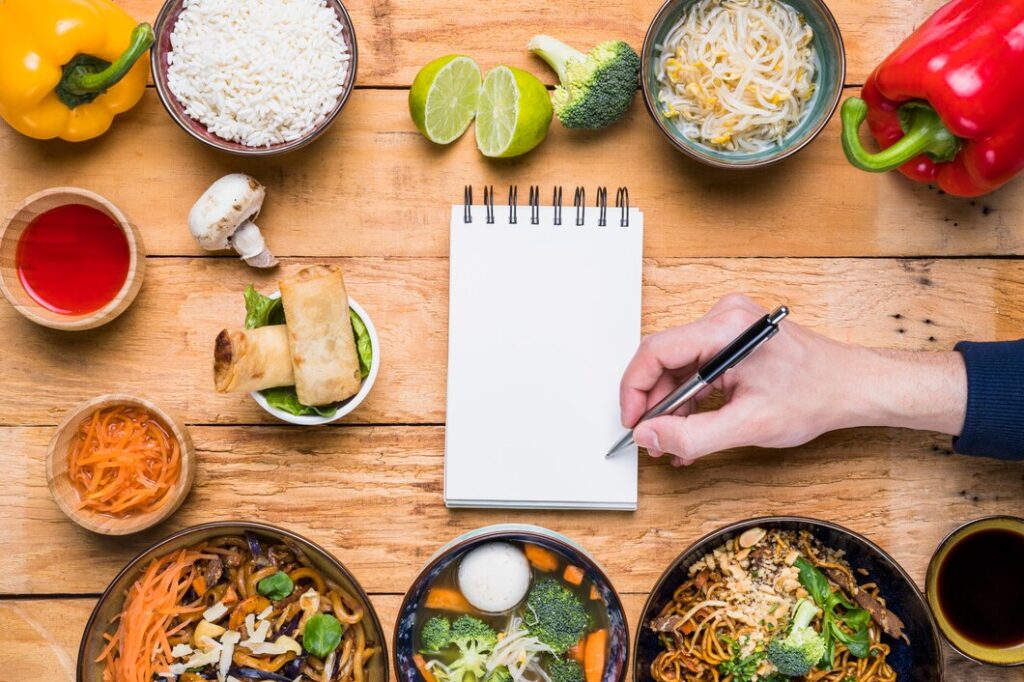
Step 3: Choose Your Meal Planning Style
How you approach your vegan weekly meal plan can vary. Consider what fits your lifestyle best:
- Batch Cooking: Dedicate a few hours one day a week (e.g., Sunday) to cook large quantities of grains, roasted vegetables, and protein sources (like baked tofu or cooked lentils). Then, mix and match these components throughout the week.
- Theme Nights: Assign themes to each day (e.g., “Meatless Monday,” “Taco Tuesday,” “Pasta Wednesday,” “Stir-fry Thursday,” “Pizza Friday,” “Burger Saturday,” “Curry Sunday”).
- Recipe-by-Recipe: Simply choose individual easy vegan recipes for each meal, ensuring variety.
- “Repeat Meals” Strategy: Have 2-3 go-to breakfasts and lunches that you rotate, then plan more varied dinners. This simplifies planning significantly for a beginner vegan meal plan.
For your first plant-based meal plan, the “Repeat Meals” strategy or a simple recipe-by-recipe approach is often easiest.
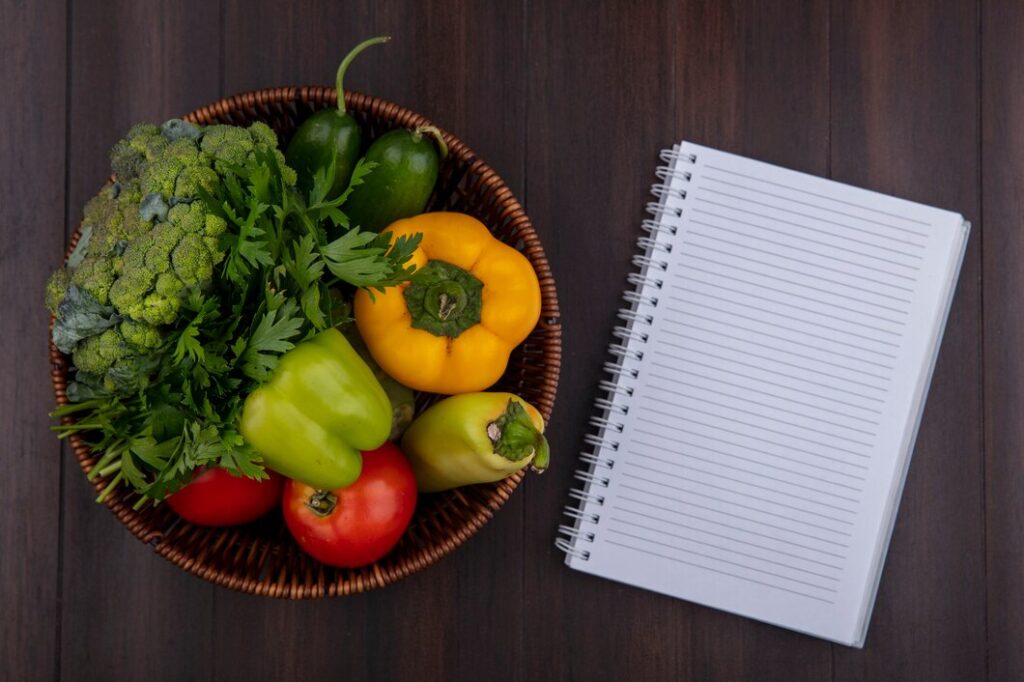
Step 4: Map Out Your Week (The Core of How to Make a Vegan Meal Plan)
Now for the practical part: filling in your vegan weekly meal plan. Use a simple spreadsheet, a notebook, or a meal planning app.
Template Example (Adjust to your needs):
| Meal | Monday | Tuesday | Wednesday | Thursday | Friday | Saturday | Sunday |
| Breakfast | Oatmeal | Tofu Scramble | Smoothie | Oatmeal | Tofu Scramble | Smoothie | Pancakes |
| Lunch | Chickpea Salad Sandwich | Leftover Chili | Lentil Soup | Chickpea Salad Sandwich | Leftover Stir-fry | Veggie Wraps | Leftover Roast |
| Dinner | Lentil Chili | Black Bean Tacos | Pasta w/ Veggies | Tofu Stir-fry | Vegan Pizza | Chickpea Curry | Roasted Veg & Tempeh |
| Snacks | Apple & Almond Butter | Hummus & Carrots | Trail Mix | Banana | Edamame | Nuts & Seeds | Fruit Salad |
Tips for Filling It In:
- Start with Dinner: Dinners are usually the most varied and involved meal. Plan these first.
- Leverage Leftovers: Plan for larger dinner portions so leftovers can become lunch the next day. This is a game-changer for simple vegan meal ideas.
- Keep Breakfasts & Lunches Simple: Especially for a beginner vegan meal plan, having a few rotating, easy options for breakfast and lunch prevents decision fatigue.
- Balance Nutrients: As you choose meals, think about ensuring a variety of protein sources, whole grains, fruits, and vegetables throughout the day.
- Don’t Forget Snacks: Planning healthy snacks prevents unhealthy cravings and keeps your energy levels stable.
- Include Indulgences (in moderation): Allow for a vegan treat or a takeaway meal occasionally to make the plan sustainable and enjoyable.
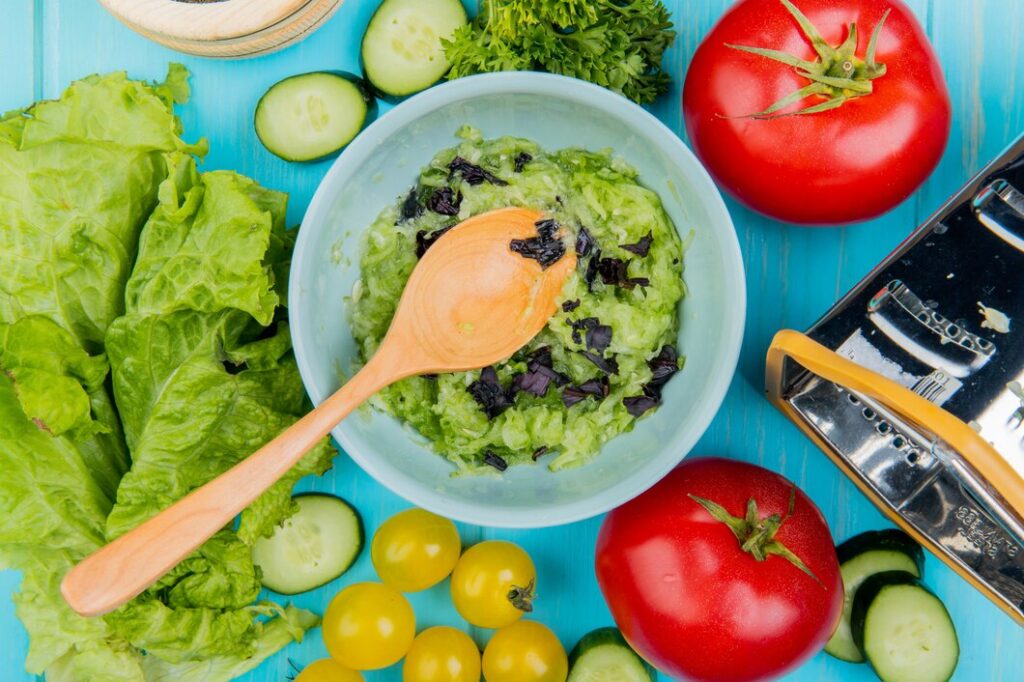
Step 5: Find Your First Easy Vegan Recipes & Simple Vegan Meal Ideas
This is where the fun begins! There are endless easy vegan recipes available online, in cookbooks, and even on social media. Focus on recipes that use ingredients you’re familiar with or are excited to try.
Breakfast Ideas (Easy & Quick):
- Oatmeal/Porridge: With fruit, nuts, seeds, and maple syrup.
- Tofu Scramble: Crumbled tofu sauteed with turmeric (for color), black salt (for eggy flavor), onions, bell peppers, and spinach.
- Smoothies: Plant milk, frozen fruit, spinach, protein powder (optional), chia/flax seeds.
- Vegan Yogurt Parfait: Layered with granola, fruit, and nuts.
- Avocado Toast: Served on whole-grain bread and topped with a flavorful sprinkle of “everything bagel” seasoning for a delicious, nutritious bite.
Lunch Ideas (Simple & Satisfying):
- Leftover Dinner: Easiest option!
- Chickpea Salad Sandwich/Wrap: Mashed chickpeas with vegan mayo, celery, onion, and spices.
- Lentil Soup: Hearty, nutritious, and easy to make a big batch.
- Big Green Salad: With a variety of veggies, chickpeas or lentils, nuts, and a flavorful dressing.
- Veggie Wraps/Pitas: Hummus, lettuce, tomato, cucumber, shredded carrots, bell peppers.
Dinner Ideas (Versatile & Delicious):
- Tacos/Burrito Bowls: Black beans, corn, rice, salsa, avocado, vegan sour cream, shredded lettuce.
- Pasta with Marinara & Roasted Veggies: Add chickpeas or white beans for extra protein.
- Curries: Lentil curry, chickpea curry, vegetable curry served with rice.
- Stir-fries: Tofu or tempeh with your favorite vegetables and a flavorful sauce, served with rice or noodles.
- Vegan Chili: A hearty bowl with beans, tomatoes, corn, and chili spices.
- Baked Sweet Potatoes: Topped with black beans, corn salsa, and avocado.
- Shepherd’s Pie: Lentil and vegetable filling topped with mashed potatoes.
- Homemade Vegan Pizza: Store-bought crust, tomato sauce, vegan cheese, and tons of veggie toppings.
- Roast Veggies & Tempeh/Tofu: Toss with herbs and spices and bake until golden.
Snack Ideas:
- Fruit (apples, bananas, oranges)
- Nuts (almonds, walnuts, cashews)
- Seeds (pumpkin, sunflower)
- Hummus with veggie sticks or whole-grain crackers
- Edamame
- Trail mix
- Rice cakes with nut butter
- Vegan protein bars
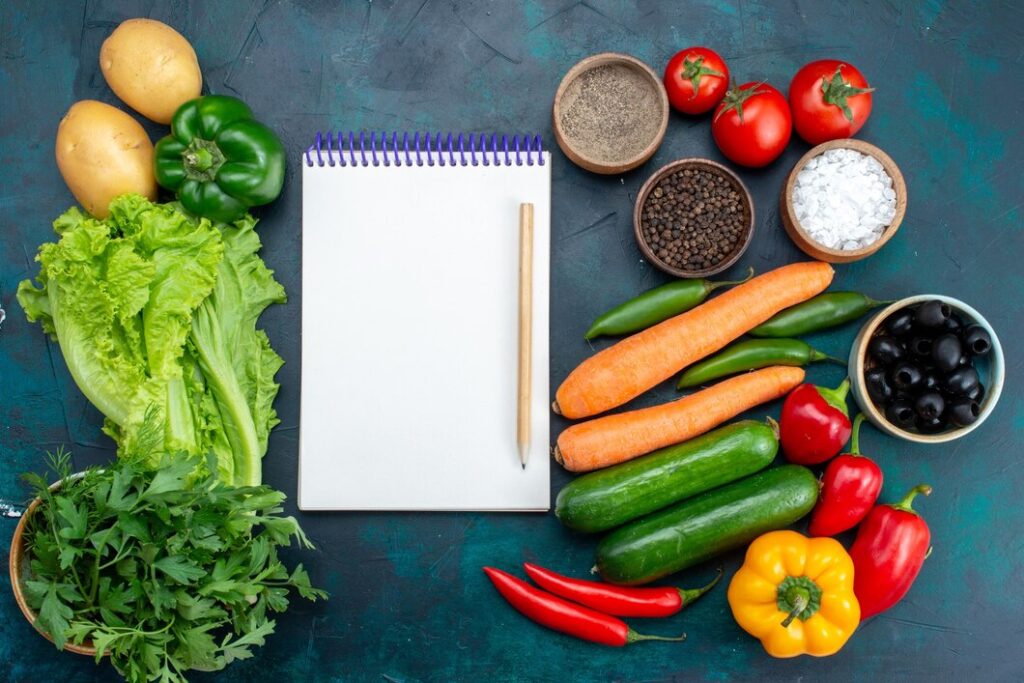
Step 6: Create Your Shopping List
- Once your vegan weekly meal plan is set, generating a detailed shopping list is straightforward. Go through each meal and ingredient, listing everything you need.
Organize your list by supermarket sections:
- Produce (fresh fruits, vegetables)
- Pantry (grains, canned goods, spices, nuts, seeds)
- Refrigerated (plant milks, tofu, vegan butter)
- Frozen (frozen fruits, vegetables)
Check your existing pantry first to avoid buying duplicates. This step is critical for how to make a vegan meal plan efficiently and cost-effectively.
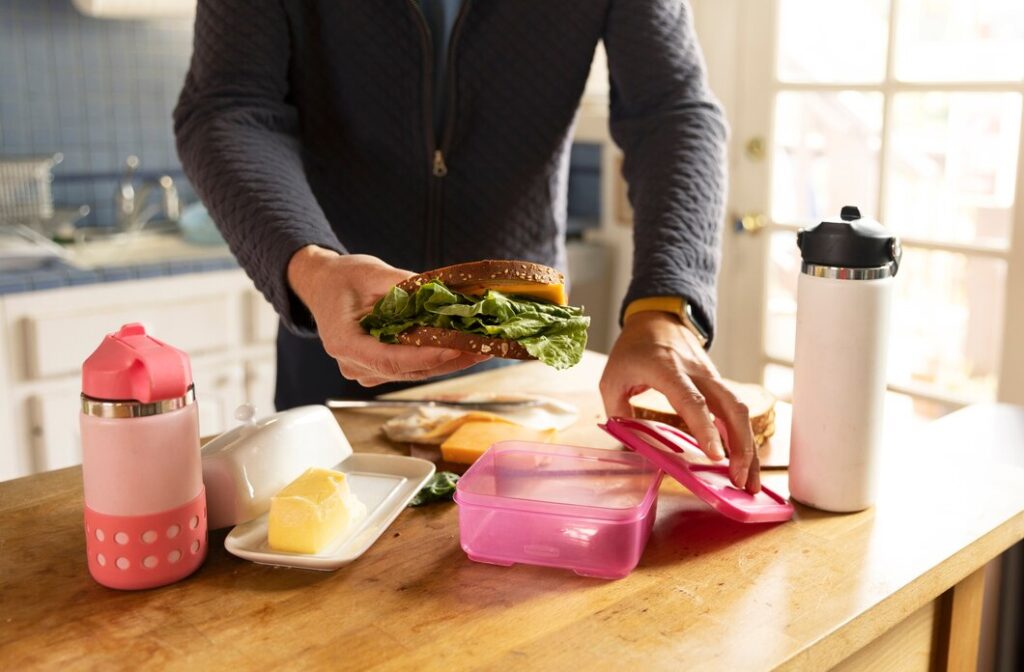
Step 7: Meal Prep for Success
Meal prepping is the secret sauce for making your beginner vegan meal plan sustainable and enjoyable throughout the week.
Meal Prep Ideas:
- Wash and chop vegetables: For salads, stir-fries, or roasting.
- Cook grains: A large batch of brown rice or quinoa.
- Prepare protein: Bake a block of tofu, cook a batch of lentils or chickpeas.
- Make dressings/sauces: A simple vinaigrette or a batch of hummus.
- Assemble smoothie packs: Portion frozen fruit and spinach into bags for quick morning smoothies.
- Portion snacks: Divide nuts, seeds, or veggie sticks into individual containers.
Investing a few hours on a weekend day can save immense time and stress during busy weekdays.

Step 8: Adjust and Adapt Your Vegan Meal Plan
Your first vegan meal plan is a starting point, not a rigid contract. Be prepared to adjust!
- Listen to Your Body: Pay attention to how different foods make you feel. Are you satisfied? Energized? Bloated?
- Track Your Intake (Initially): If you’re concerned about nutrients, use a free app like Cronometer for a few days to track your intake and identify any gaps.
- Experiment with Recipes: Don’t be afraid to try new easy vegan recipes and discover new favorites.
- Don’t Strive for Perfection: Some days won’t go according to plan, and that’s perfectly fine. Focus on overall consistency.
- Seek Inspiration: Follow vegan food blogs, Instagram accounts, or YouTube channels for endless simple vegan meal ideas.
Common Challenges and Solutions for Beginners
- Feeling Hungry: Ensure you’re eating enough calories, particularly from whole grains, legumes, nuts, and healthy fats.
- Bland Food: Don’t underestimate spices and herbs! Experiment with different flavor profiles (Indian, Mexican, Thai, Mediterranean). Nutritional yeast, tamari, and liquid smoke can add depth.
- Social Situations: Plan ahead. Research restaurant menus, bring a dish to potlucks, or eat before going to an event where vegan options might be limited.
- Cravings for Old Foods: Find satisfying vegan alternatives (e.g., vegan burgers, ice cream, cheese). Sometimes, cravings simply indicate a lack of satisfaction from your current meal. Ensure your vegan meals are hearty and flavorful.
- Lack of Variety: This is where a robust vegan weekly meal plan truly shines. Regularly introduce new recipes and ingredients.
- Fatigue: Revisit your nutritional intake, especially B12, iron, and Vitamin D. Ensure you’re getting enough calories.
Conclusion
Building your first vegan meal plan is a journey of discovery that empowers you to take control of your health, support ethical choices, and explore a delicious world of plant-based meal plan options. By following these steps – understanding nutrition, stocking your pantry, choosing a planning style, mapping out your week, finding easy vegan recipes and simple vegan meal ideas, creating a shopping list, and meal prepping – you’ll lay a strong foundation for a sustainable and joyful vegan lifestyle.
Remember, it’s a process of learning and adapting, but with thoughtful planning and an open mind, your beginner vegan meal plan will quickly evolve into a natural and deeply satisfying way of eating. Embrace the vibrant flavors and incredible health benefits, and enjoy the journey of your online banking evolution.

